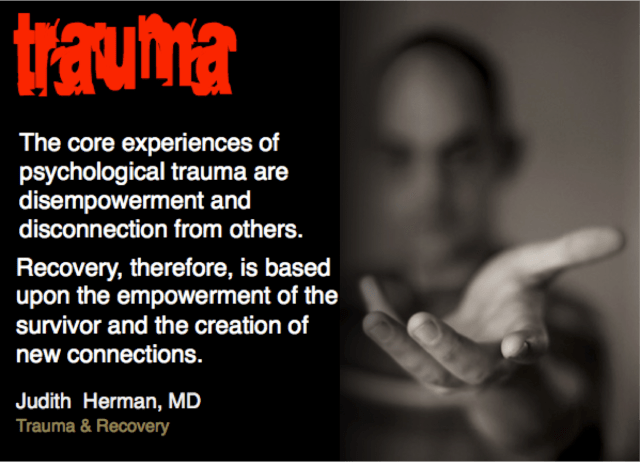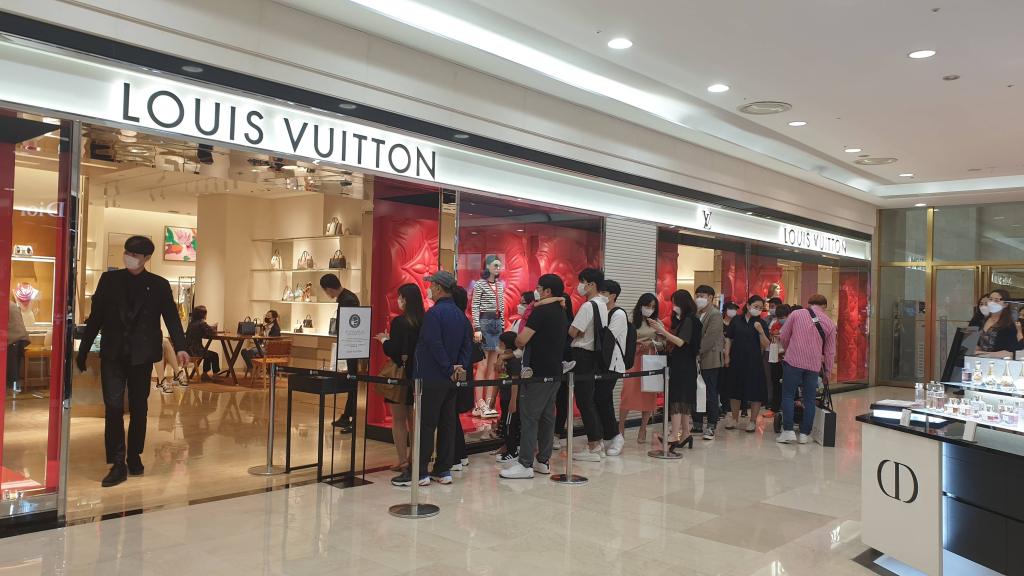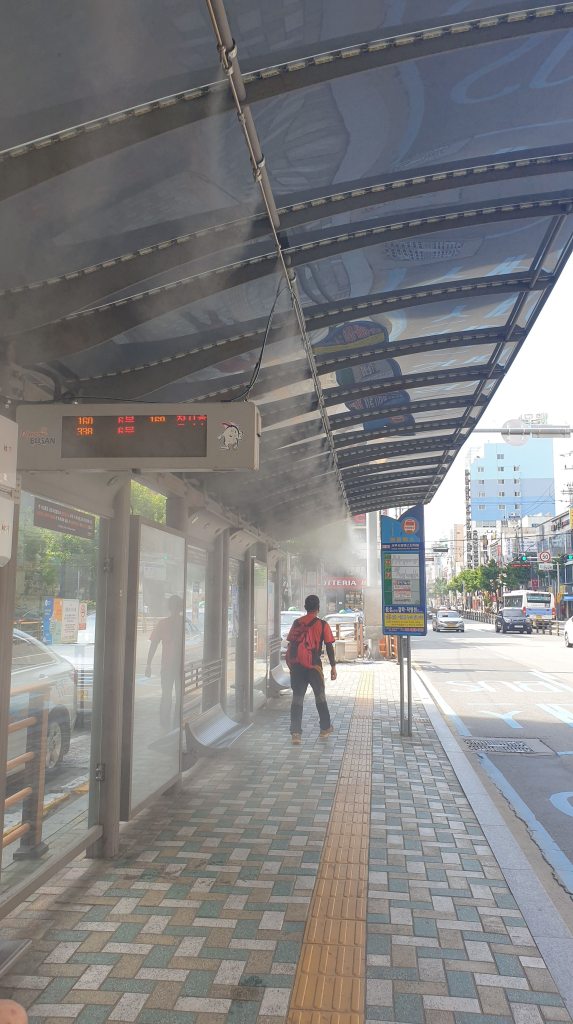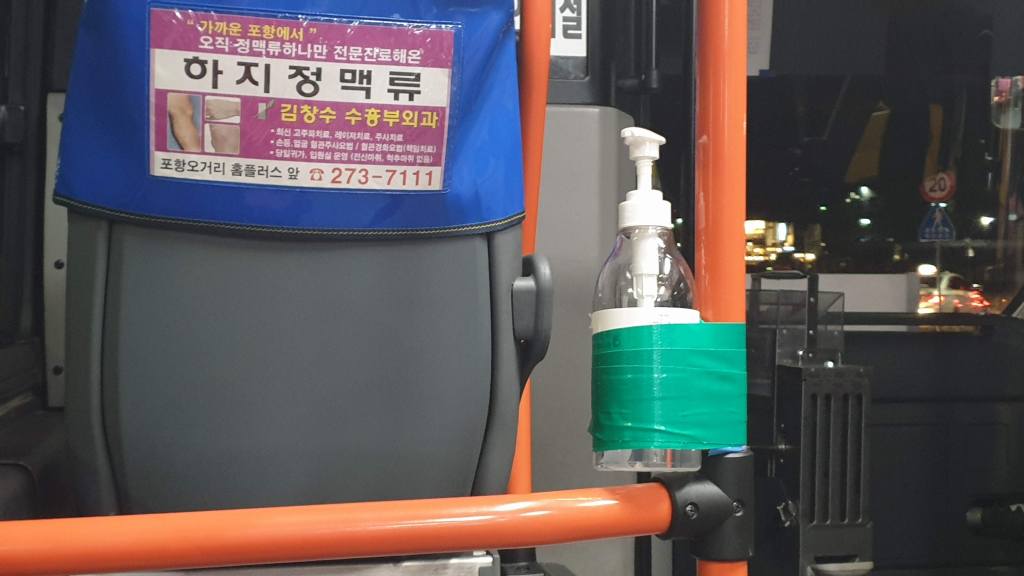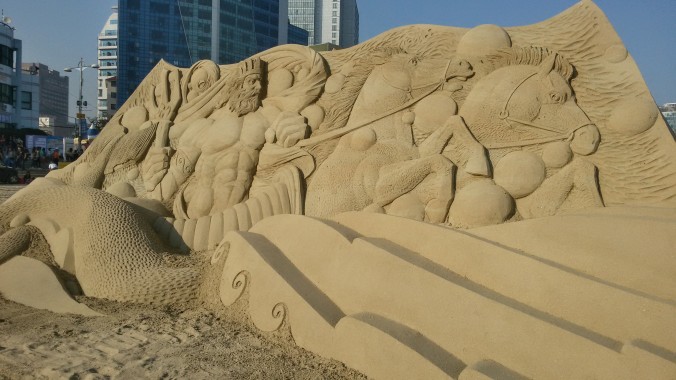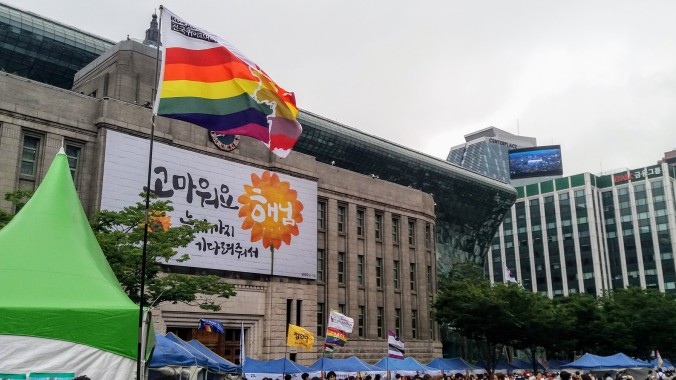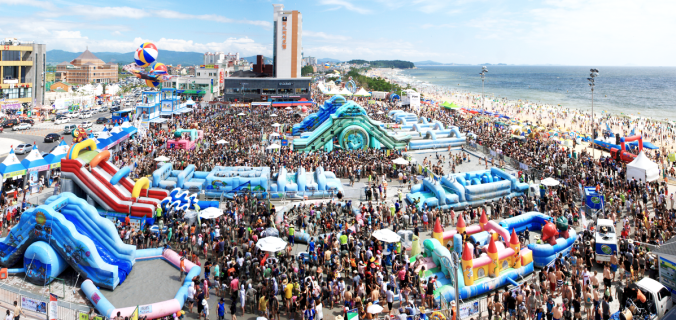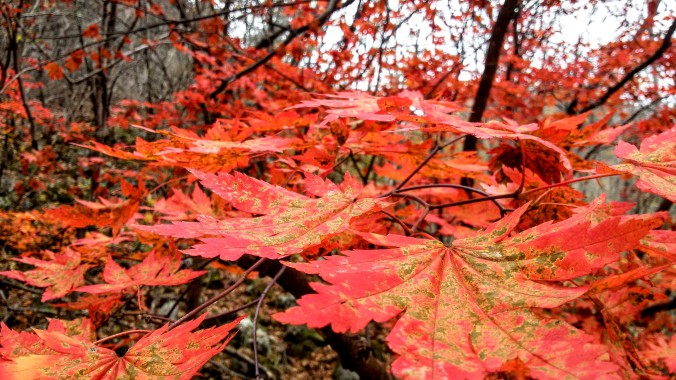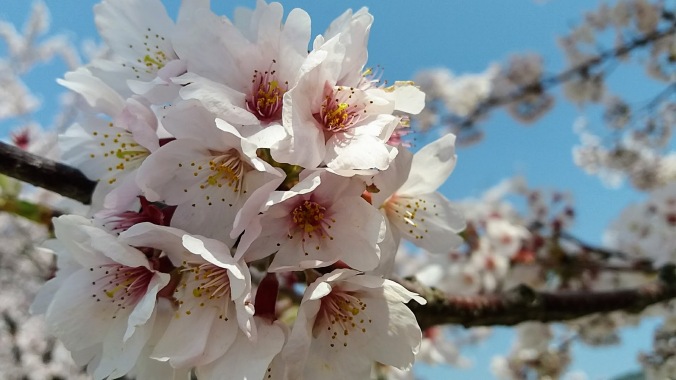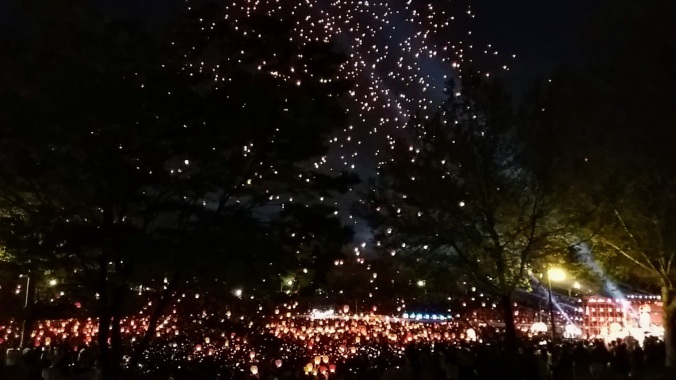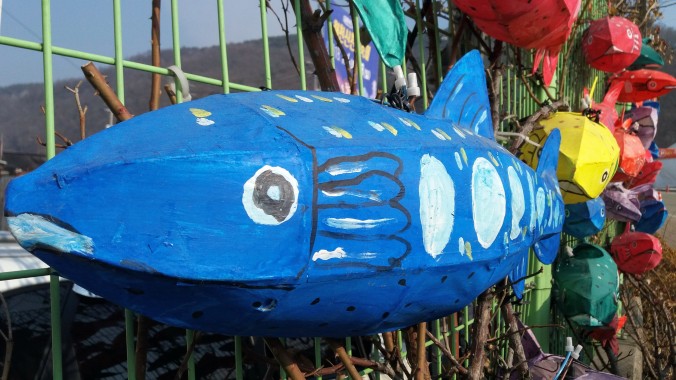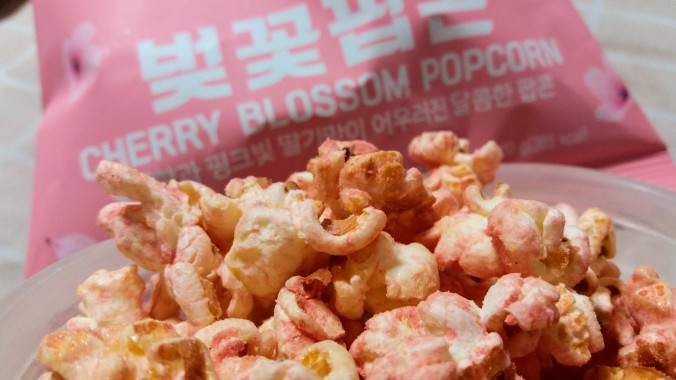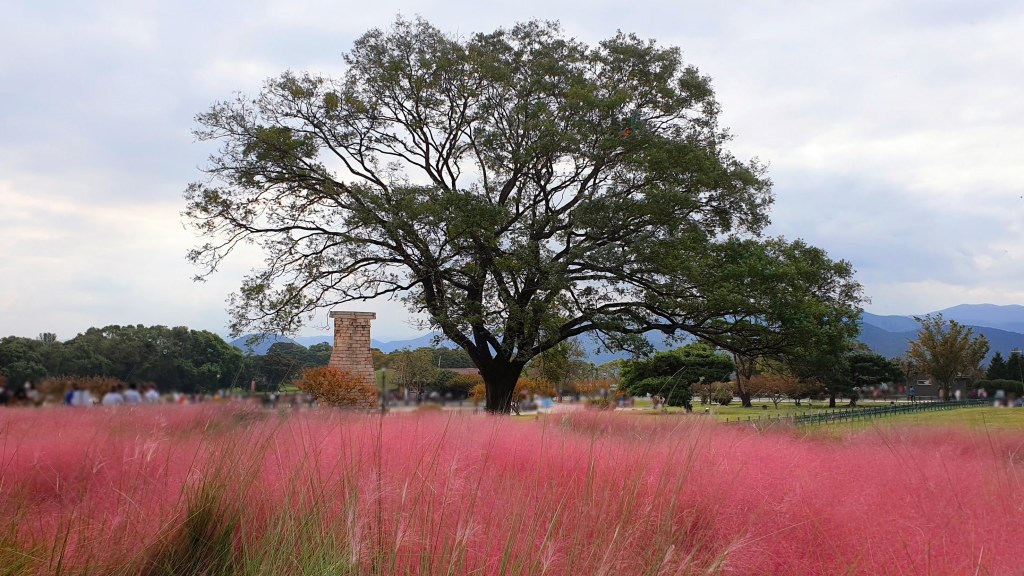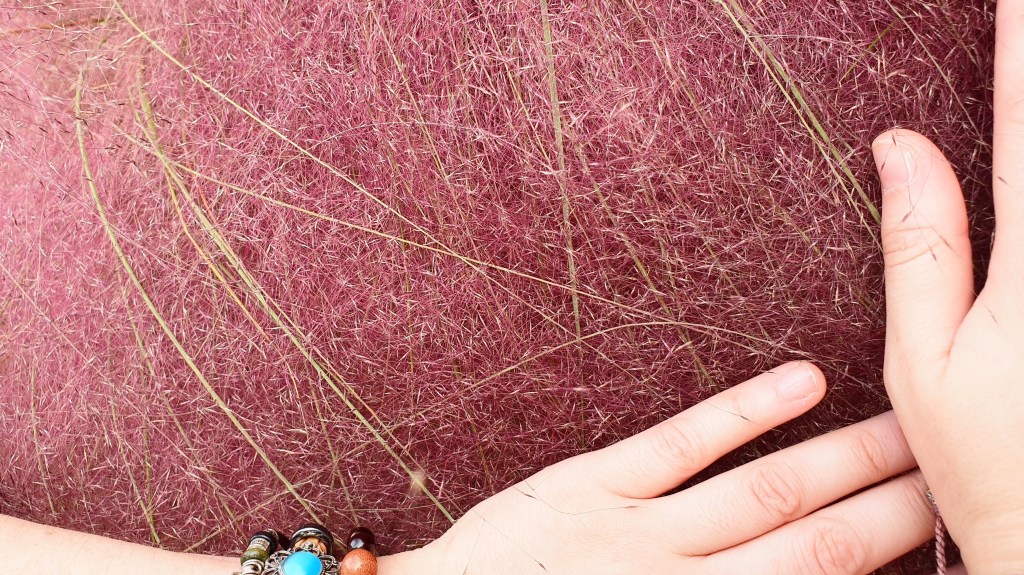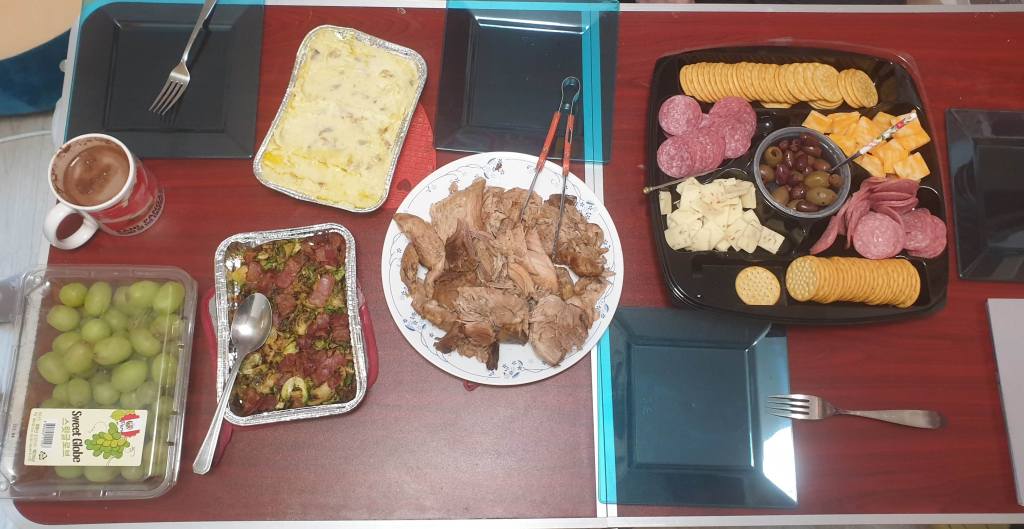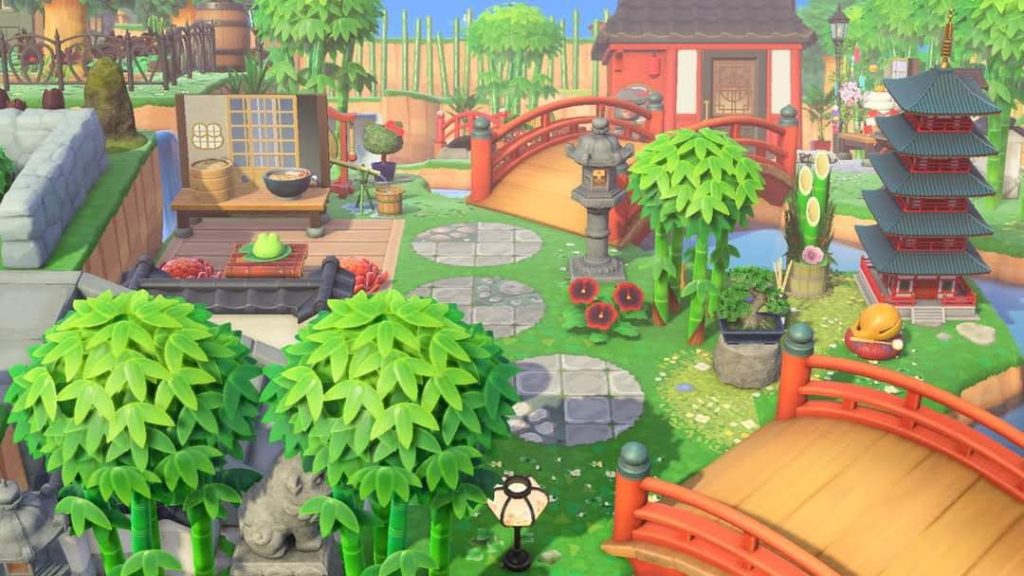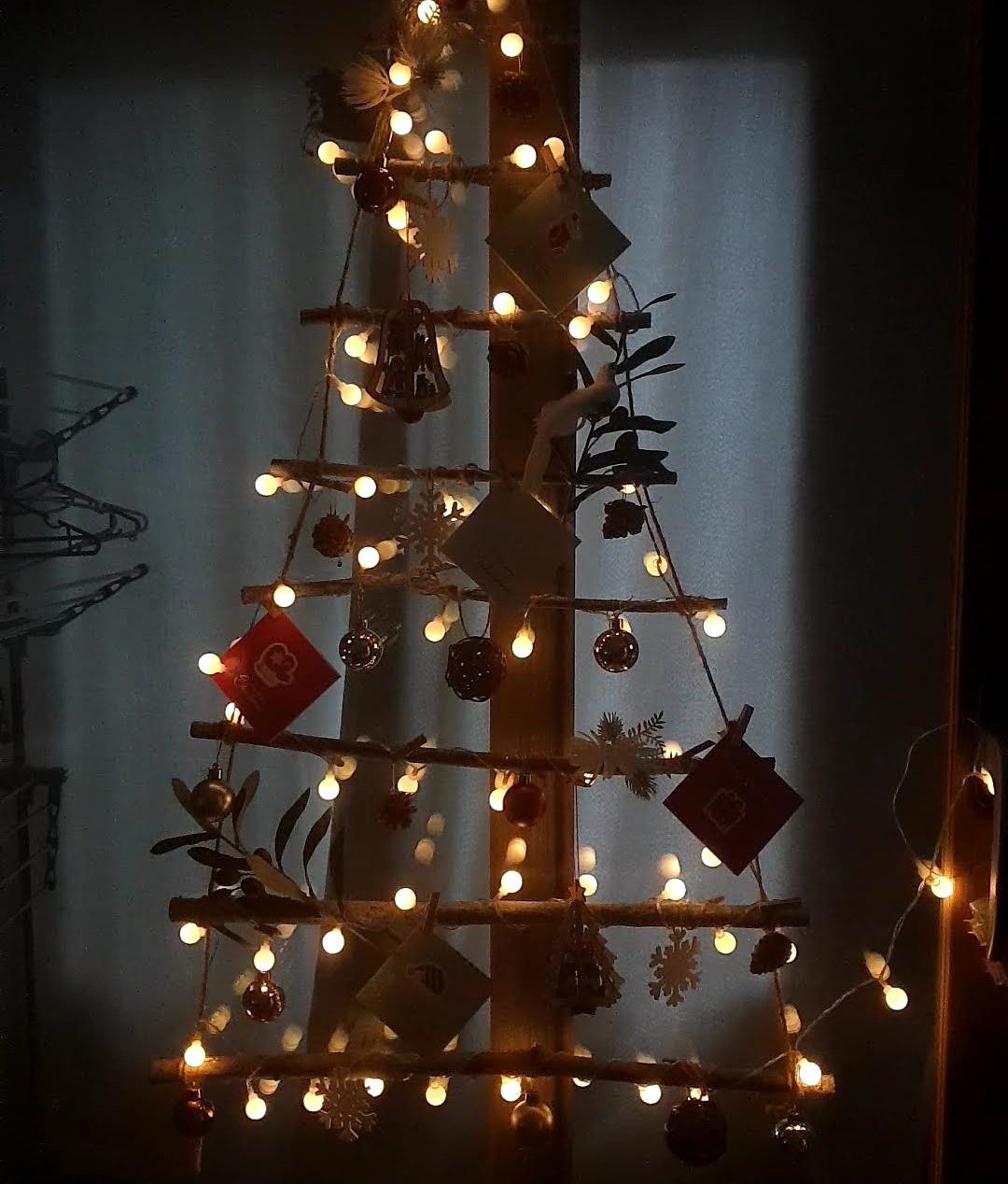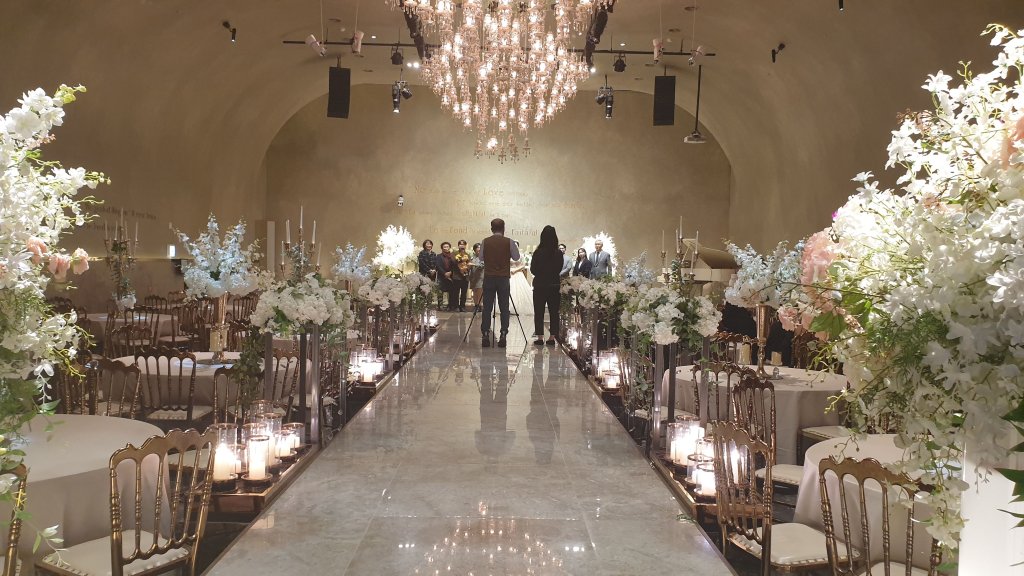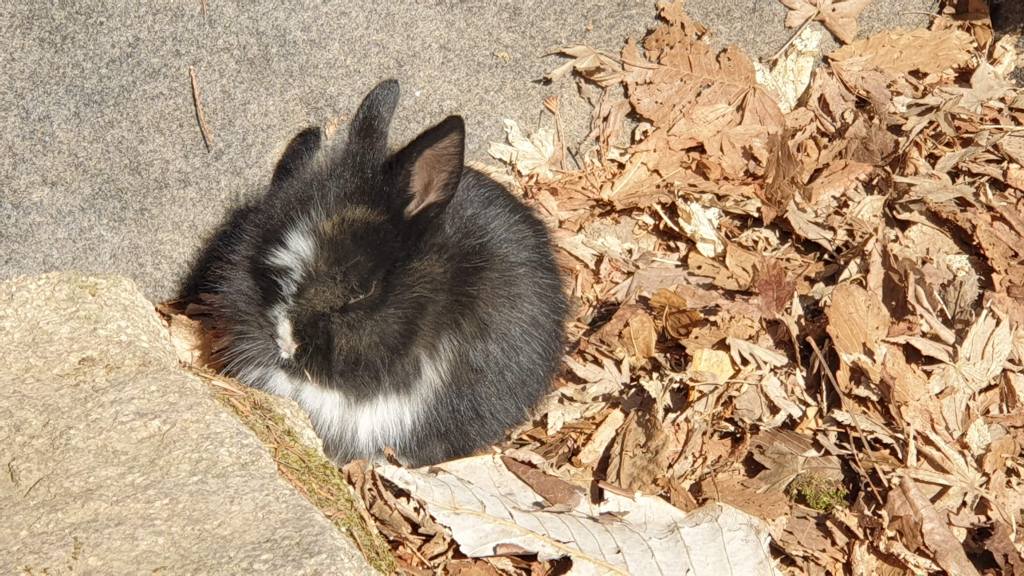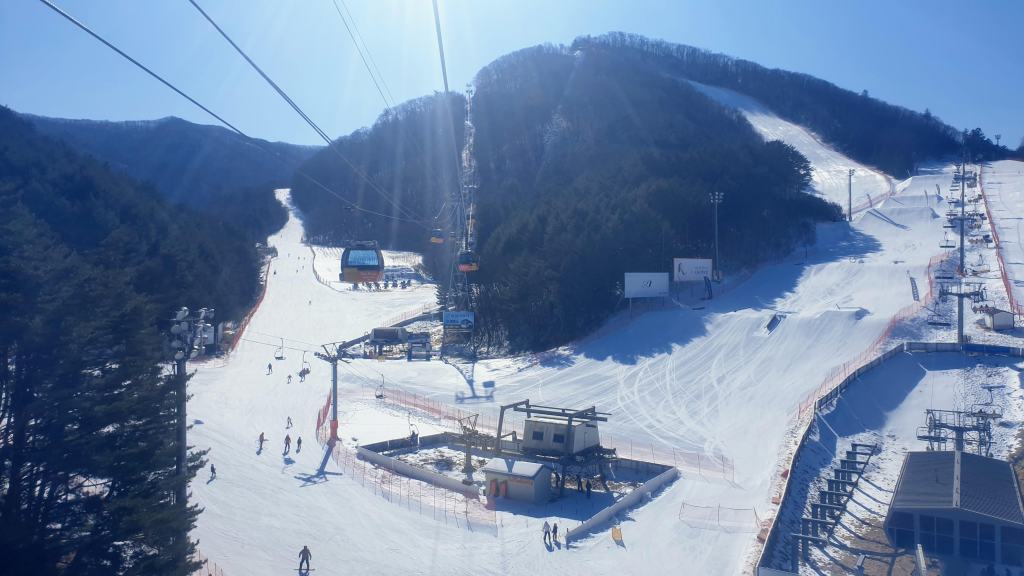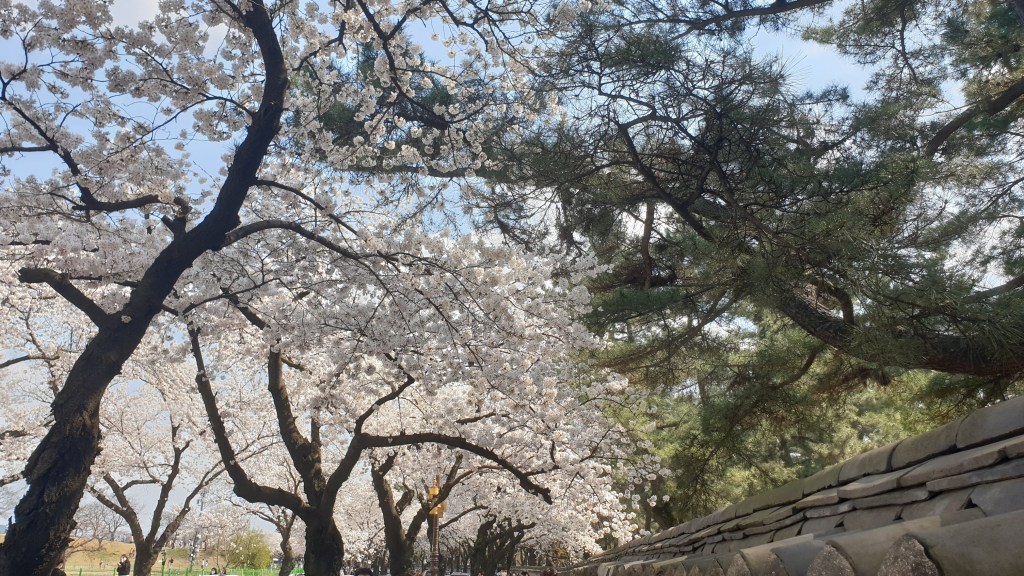I’m Mad as Hell, and I’m not Gonna Take It Anymore!
This book made me angry. Like, really angry. Not because it’s a bad book, on the contrary, it’s excellent. It just revealed a lot about our culture and society that infuriated me. This may be the OG source of the “C” in CPTSD, so props to Dr. Herman, but her main point is the rise and fall of realizing as a society that we f*ck over women, children, and powerless minorities inducing horrible trauma, and then we (again as a society) balk at horror of the reality of HOW MANY people are traumatized, abused, raped, assaulted, and systematically wrecked by status quo systems of power and authority and we then collectively decide it can’t actually be that bad, or that maybe it was that bad, but it’s better now, and we don’ have to think about it or look at it ever again. And that we have been doing it every few decades for at least 150 years. She somewhat optimistically follows this dire assessment with the cheerful notion that now we’re having a resurgence in awareness and it’s so good, so maybe we’ll learn something this time… only the book was published in 1992. So she was writing about the collective recognize-outrage-token-change-forget cycle in 1990-91 hoping it might be the last time, and I was reading it in 2020, in the wake of the 2017-8 version of #metoo and #blm (those are older than you think, too) going, “are you f@cking kidding me?! how long have we been doing this bullsh!t?”
She talked about how Freud, Mr. All-Girls-Want-To-Fuck-Their-Daddies-And-Rape-Isn’t-A-Thing-Cause-They-Secretly-Want-It-Freud actually wasn’t a total dickhead when he started. Originally, he worked with a bunch of “hysterical” young women (whoo boy howdy and that is a can of worms because the way those ladies were treated *before* him was even worse! seriously, just read the book). He tried the radical approach of (gasp!) actually talking to the women, an approach no doctor ever tried before. Said ladies revealed a lot of details of abuse and incest, which led Freud originally to begin to crack open the lid on trauma as a cause of both mental and physical ailments, but then he basically went, oh, wait, there’s no way that SO many respected, rich, men are doing this to their daughters and nieces, so they must be seducing these men! *gag*. Some sources imply the decision to change his mind came as a result of serious pressure from the gentlemen in his community. Either way, he recanted and we’re still dealing with that consequence nearly 2 centuries later.
She outlines historical occurrences where we (humans) start to realize what’s going on and then back away in fear and horror from Freud to the 1992 version of #metoo, which I vaguely associate with Grrl Power and Lilith Fair, and angrily singing Alanis Morrissette at the top of my lungs, but no real “movement” and certainly no substantive change. She doesn’t focus only on women or sexual abuse, but also men and the trauma of war. Over and over we’ve come close to understanding combat trauma only to turn away and reject it again. (the details of this cycle are more deeply covered by Van der Kolk in The Body Keeps the Score). Whether it’s sexual assault, domestic violence, street gangs, or war – the people who are hurt over and over are the young: children and young adults. She calls it “the adult conspiracy of violence” and it is a concept that fills me with rage.
The Adult Conspiracy of Violence:
Obviously it’s not a conspiracy in the sense that all the adults got together and decided to do this. It’s more like a set of unspoken and unbreakable rules. I suspect that Herman uses the word “conspiracy” to describe this phenomenon because although no organization exists, most adults are more aware of the violence than they are willing to acknowledge, and few are willing to break those unwritten rules. In my own understanding, it is the cycle in which every generation is abused and traumatized then goes on to grow up and fall into one of 4 categories (although fluidly and on a spectrum):
1) suppress what happened and live in denial
2) recognize what happened to them, but think that it a) is very rare b) doesn’t happen anymore
3) are angry about what happened to them and think everyone should suffer like they did
4) are greedy dickheads who don’t care who they have to hurt to get what they want
As a result, the next generation is subjected to just as much horror, abuse, and trauma by 3&4 while receiving zero support from the 1&2 adults around them who simply refuse to see it. I am infuriated because now that I’m “an adult” I can see it, I can see the whole cycle and the whole “conspiracy”, I can see it and I have no idea how to protect the kids from it. I have a niece and a nephew, I have friends with kids, I have students… I want to find a way to blow the lid off this thing, make a blockbuster movie, get a Greta Thunberg to stage a national school walk out in protest of violence against children, to make a giant statue you can see from space and paint it in Pinkest Pink and Vantablack so everyone has to go “why?” and we can explain the adult conspiracy of violence.
Note 2022: I’ve found that Alice Miller discusses this a lot as well in the two books of hers that I’ve read: The Drama of the Gifted Child, and For Your Own Good. Other authors discuss the effects of this cycle of trauma, but few delve deep into it’s roots as Miller and Herman do.
A good solid part of why this book made me angry is because in 1992 I was 14. I was already well down the path of being consumed by the adult conspiracy of violence. When this book was published, and this information was in the public eye, it did not find me. It did not find my friends, my sister. It faded from view and it’s wisdom was of no help to me in understanding or processing any of the things that happened to me as a child, a teen, and a young adult — when at various times I was neglected, abused, raped and my friends and family refused to see what was done to me. When instead they joined the conspiracy of silence and denial and told me it was nothing: you’re making it up, you’re exaggerating, it was your fault anyway, you must have wanted it, buyers remorse, be grateful anyone wants you that way, you weren’t really hurt, you have it so good, that never happened, I don’t remember it that way, look at how bad it could have been, be grateful it wasn’t worse, be happy, be silent.
She tried to reach people at a time it could have made a real difference in the course of my life, but it didn’t reach anyone close enough to reach me. I can’t help but think of all the 14 year-olds out there who need to hear this, who need to know about the Adult Conspiracy of Violence and be shown a way out.
There may be a fifth category that didn’t have a large enough footprint for Herman to write about 30 years ago: the cycle breakers. I see it more and more online in memes and YouTubes and blogs. The more young adults are normalizing therapy and seeking healing for past trauma, the more they want to break the cycle of intergenerational trauma and abuse. Only time will tell if this movement can truly challenge the Adult Conspiracy of Violence or if it is just another peak in the recognize-outrage-token-change-forget cycle.
Post Trauma Fantasies: False Healing
Aside from the above cycle of violence and suppression, the book had a lot of information that was in line with what I’d already read and served mainly as reinforcement. There was one other stand out concept in this book which was the addition of more types of post-trauma fantasies. I was already whammied by the Healing Fantasy that Dr. Gibson introduced me to in Adult Children of Emotionally Immature Parents, so I was intrigued by the idea that there were more. Dr. Herman talks about the Revenge Fantasy, the Forgiveness Fantasy, and the Compensation Fantasy. Being able to further recognize some of my thinking as fantasy was both hard to hear and somewhat reassuring. It was like being given permission to let those thoughts go.
The Healing Fantasy is the idea that you can make it all better if you just do the right thing. If you can heal enough for both of you, or if you stop doing whatever it is that makes them mad or sad or cold, if you can teach them to be more self-aware, if you can help them heal from their own pain so they stop allowing their own trauma responses to result in abusive or toxic behavior, whatever it is, you take on the responsibility of healing THIER trauma in hopes that it will get them to stop hurting you. Gibson says it’s the idea “that more self-sacrifice and emotional work will eventually transform their unsatisfying relationships” and that the “healing fantasy always involves the idea: It’s up to me to fix this”. If I just find the magic feather, then everything will be ok.
The Revenge Fantasy is where the American justice system and every Spawn fan live. The idea is that by taking revenge on the person or people who caused pain, that the scales will be balanced, the perpetrator will be filled with shame and remorse for their wrongdoings, and your pain will go away. That last part is the key fantasy part. Making someone else hurt doesn’t heal your own pain. On an individual basis, this can lead to a lot of anger and rage, since the fantasies themselves are often violent. On a cultural level, it results in people who are happy to imagine prison rape or delight in police brutality for “those that deserve it”. The preference to punish rather than reform, to see people suffer rather than receive help is, I believe, at the core of the rot in America’s criminal justice system, and as far as I can tell, it comes from a widespread indulgence in the Revenge Fantasy.
The Forgiveness Fantasy is the church route (any church/spirituality), if you let go of your anger and forgive the person who hurt you, then your pain will go away. Forgiveness may or may not be a part of your healing journey, but it’s definitely not the only thing. Forgiving a person without making any other changes will simply result in the pain getting shoved further down, where it will continue to harm you. In many of the forgiveness-fantasy cultures, you are expected to forgive a person who doesn’t apologize or change, and are often blamed/shamed for being unable or unwilling to do so. Some people who cling to this fantasy will also use the continued existence of the pain to prove that you haven’t “really forgiven” your abuser, shifting the blame for your own pain onto your “unwillingness” to forgive.
In another type of forgiveness fantasy you dream you can get the other person, your abuser or toxic partner, to understand what they did is actually hurting you, and then when they understand it, they will apologize and want to change! After all, people who love you don’t hurt you on purpose, an will totally stop when you say ouch. Healthy people and people who are trying to get healthy totally will, but Spoiler Alert: toxic people and abusers will never stop, and any apology they offer is just to get you to stay. I had fallen into trap this many many times before learning about it, and I now know the importance of letting this particular fantasy go.
I’ve also seen a large number of memes and tweets about cutting out toxic people that strike me as woefully unnuanced. Not everyone who hurts you is toxic/abusive, so how do you know when to give someone the chop? To me, the difference between a toxic person and a toxic behavior is the way they approach healing. Every traumatized person has toxic behaviors at some point, but only those who are willing to do the deep work of self reflection and healing will be willing to admit it and work to change. It’s important to communicate when we are hurt. Relationships of all kinds are strengthened by good communication and successful conflict resolution, but there also comes a time when the healing process becomes the Healing Fantasy and we have to let go. Dr. Gibson addresses this in her book, and I also found Conflict Is Not Abuse, by Sarah Schulman has a lot of good advice on how to identify and deal with the distinction between being hurt and being abused.
The Compensation Fantasy was the hardest for me. This says that you deserve good things in life for what you have suffered, that if you get those good things it makes up for the bad things. I realized in one terrible epiphany that I had been holding up my joy as the compensation for all terrible things I’d gone though. In 2012-14 I went through a round of therapy research and practice that focused on positive psychology, and centered around the works of Brené Brown and Martin Seligman. I learned how to be happy, like, really happy, not just wine-mommy happy. Then, it was somehow ok that I had suffered so much, because I had so much joy! The sudden removal of everything that brought me joy due to a global pandemic made me crash very hard. The pandemic had not merely deprived me of some fun trips, or a fulfilling career, it had taken away what I was owed for my pain. Obviously, that’s not true, and now I can work experiencing joy for it’s own sake and not as a trade off for pain.
30 years later
This is a great book that didn’t make it into my top 5 but is definitely in my top 10. Despite being 30 years old, it still has a lot of useful and important information, however it’s no longer the only source for such. I recommend this for older readers (who remember the 90s), for younger people who are interested in the history or may be trying to understand a parent (older relative), and for anyone who is doing a deep dive into their own Trauma and Recovery.
